spidering on Gibraltar Island
For the past few summers I’ve taught a Spider Biology course (EEOB 5210) at The Ohio State University’s F.T. Stone Laboratory on Gibraltar Island in Lake Erie. The course will be offered again this summer (2016), from July 31 through August 6. This is a regular Ohio State University course, providing two semester hours of credit for upper division or graduate students. With permission, the course can also be taken as a non-credit workshop for those not currently enrolled at OSU.
Now is the time to investigate signing up for the course. One reason is that many students can benefit from scholarships that provide partial support for the course costs. These scholarships are supported by the Friends of the Stone Laboratory. The deadline for a scholarship application this year is March 3, 2016.
This is an intensive, residential, one week course that introduces spiders and spider research to college students. Past classes have included undergraduates, graduate students, as well as teachers and other interested naturalists. We all live and breathe spiders for seven days, beginning, after introductions, with an evening spider walk around the grounds of the laboratory on Gibraltar Island on Sunday night. Most of the students have little experience with spiders; but some have been keen spider enthusiasts, even a few academic arachnologists.
Observing some species of spiders requires a bit of encouragement. One simple method is to gently wiggle a brush in the silk “signal” lines running out from the retreat. For viewing the tubeweb weaver (Ariadna bicolor) this technique can be very successful. Below you can see her attacking the brush. Eventually we managed to lure one completely out of her tube.
Others are found out wandering on the walls of the buildings or other structures. These include the day-active jumping spiders. Here are a couple of photos of the Zebra Jumper, a common harmless jumper found on Gibraltar Island.
Each day begins with morning lectures followed by afternoon laboratory and field work. During the evenings early in the week, we often convene to search for nocturnal spiders around the island. As the week progresses the students begin to focus on their individual research projects, and much of this work is done in the late afternoon and into the night. Of course, many spiders are nocturnal, so this necessitates field work at that time of day.
Monday’s first afternoon laboratory is an intensive introduction to spider anatomy with way-too-many unfamiliar anatomical terms. By the end of the week, the students all eventually master these, and are conversing in phrases like “median ocular area” and “retromarginal teeth” or “long posterior spinnerets.”
The course is an exploration of the biology of spiders (Order Araneae), but I try to create a relaxed informal environment for learning. Topics include functional anatomy, senses and perception, behavior, webs and web-building, identification, classification and relationships, field techniques, and ecology.
Lectures are profusely illustrated with photos and videos of spiders and spider behavior. There is a tradition of an evening “movie night” with silly commercial hits such as the John Goodman classic: Arachnophobia (1990). Even watching this movie can be a spider-nerd challenge. For example: there several different families of spiders represented as one species in the film. It is difficult to identify them from their brief furtive appearance on the big screen.
Spider identification is a tricky skill to master. We begin in the field “spidering” similar to beginning birding, focus on the large and conspicuous species. The big orbweavers, which are so very common on Gibraltar, such as the Furrow Orbweaver (Larinioides cornutus) and its relative Larinioides patagiatus are among the first ones we find. These big spiders are the “Great Blue Herons” of arachnology.
We usually see plenty of the abundant introduced “House Sparrow” of spiders, Common House Spider (Parasteatoda tepidariorum).
Students quickly learn that color and pattern aren’t often useful for spider ID; shape & behavior are better clues. With practice, subtle features like eye-arrangement and spinneret structure are recognizable. For some groups, a quick look at the “face” can be distinctive.
Field work in this course includes work around Gibraltar island, as well as a field trip to sites on South Bass Island. We observe, and sometimes collect spiders on these trips. Some of the specimens are incorporated into the individual student collections, others are used in individual projects.
One of the first lessons in a course such as this one is that “daddy-long-legs” aren’t spiders at all. They are sort of cousins to spiders, members of another group, the harvestman (Order Opiliones). Being arachnids, they share many features with spiders, for example they have four pairs of legs.
Along the cobbles of the shoreline in the evenings it is often relatively easy to find larger wolf spiders, such as this Pardosa.
The spider below looks similar, but students learn to use a magnifying glass to examine distinctive features such as the high clypeus of Pityohyphantes compared to the low one of Tetragnatha.
Some spiders do well in the laboratory and make good captive study subjects. One example is the fishing spider (Dolomedes tenebrosus), below in the field, and then a close up of the same gal feasting on a mayfly in captivity.
Some of our finds are common introduced species, such as this female Enoplognatha ovata with her large egg case.
Others are quite rare, like this female running crab spider (Philodromus imbecillus) which represented the third locality record for the state when we found it on the field trip along the Jane Coates Wildflower trail. This site is maintained by the Lake Erie Islands Conservancy.
One key component of the course are the individual projects. Each student chooses a topic of interest and investigates it in some detail. They collect data and conduct analysis. At the end of the course each student summarizes their results in a brief presentation to the class. For many students, the individual project is the highlight of the course. It is a chance for them to delve deeply into a particular topic suited to their personal interests. Past topics have included census work around windows on the research building, courtship behavior of jumping spiders, and variation in web structure. One of last year’s students, Zachary Diehl focused on spider heart rates.
The perennial stars of the course are the often charismatic jumping spiders (family Salticidae). They are the “Blue Jays” of arachnology, conspicuous, colorful, active, and overall fascinating predators.
By the end of the week students have achieved the goals of this course and will have:
• learned to appreciate the diversity and relationships among spiders
• learned the functional anatomy of spiders
• become proficient in advanced spider identification
• learned to conduct field study of spiders using standard techniques
• learned to recognize and understand common spider behaviors
• experienced the micro and macro habitat preferences of spiders
• designed and conducted a small research project
Here are a few “group portraits” of our last few Spider Biology courses.
Naturally, the impact of any summer course at the F.T. Stone Laboratory on Gibraltar is due to the unique learning atmosphere there. The small classes and intense format mix to create a very special experience for all involved. It doesn’t hurt that the scenery is spectacular.
For more details about this course consult the Stone Laboratory course information page. Anyone with a specific question about this course is welcome to contact me directly.


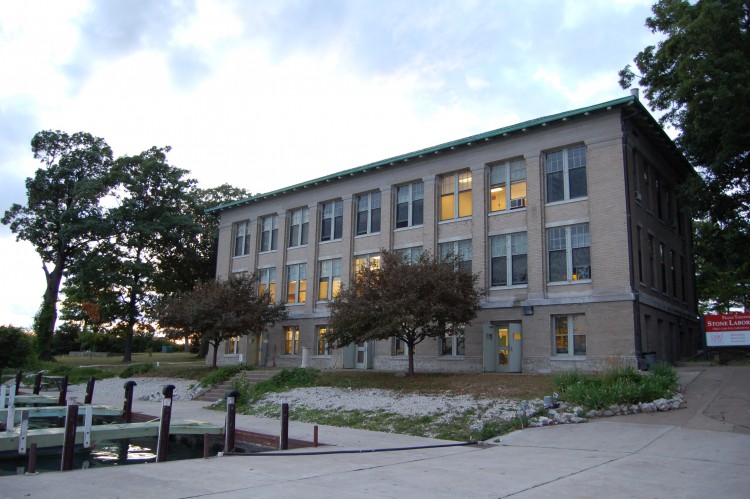
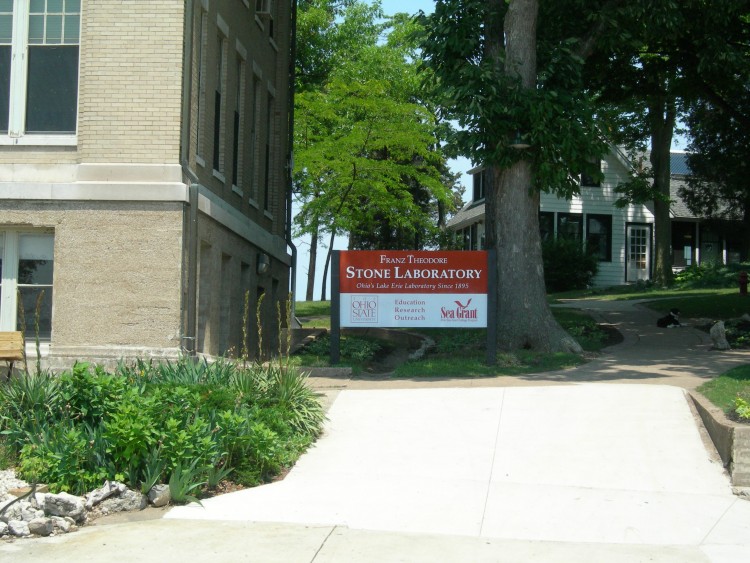
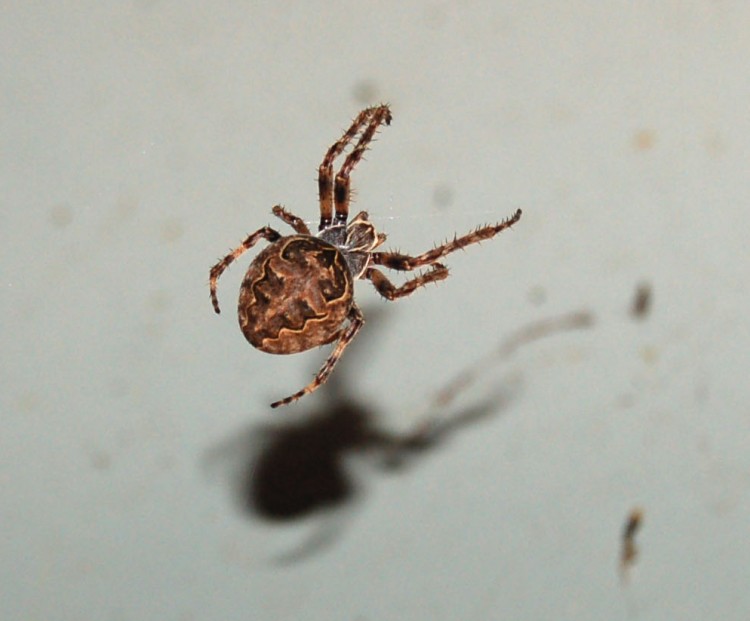
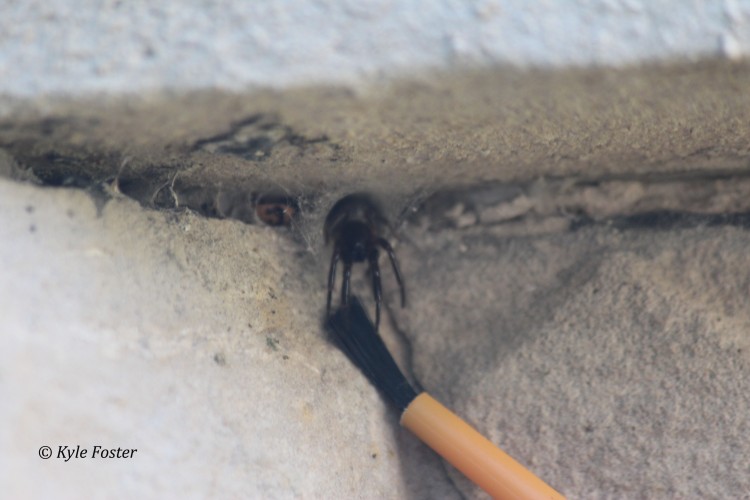
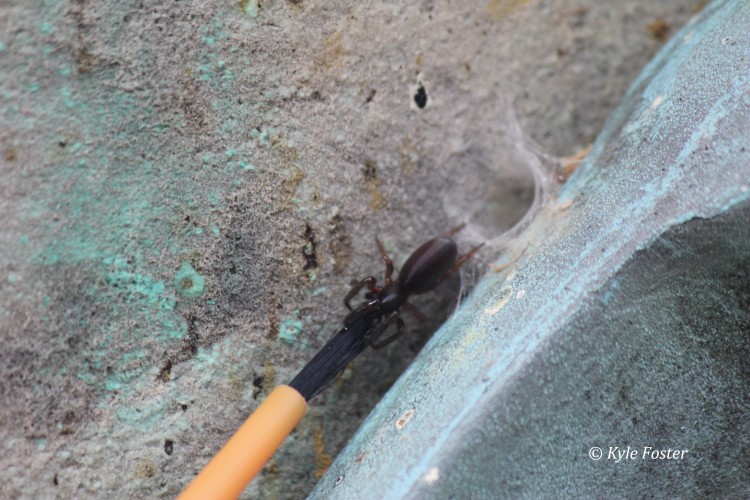
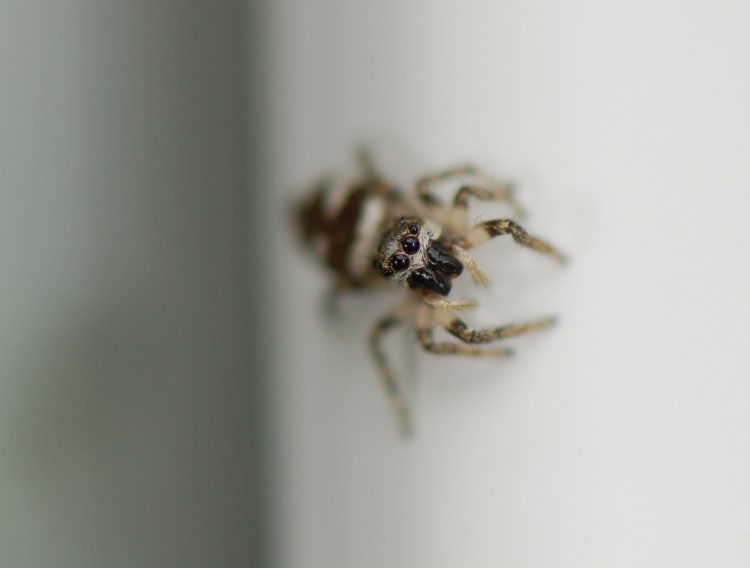
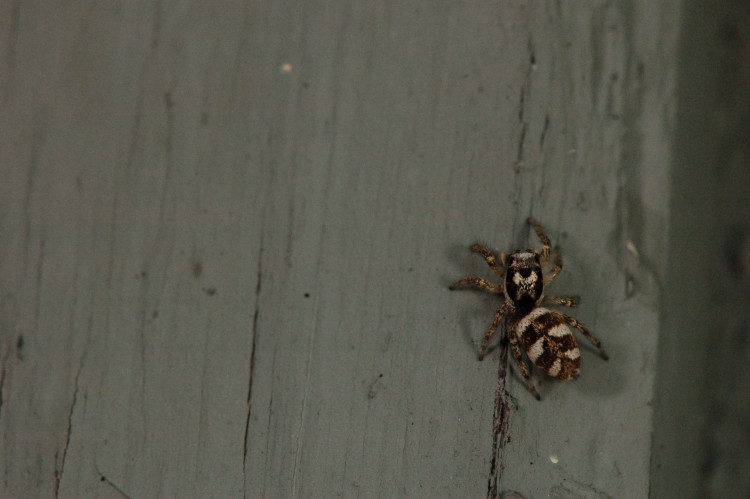
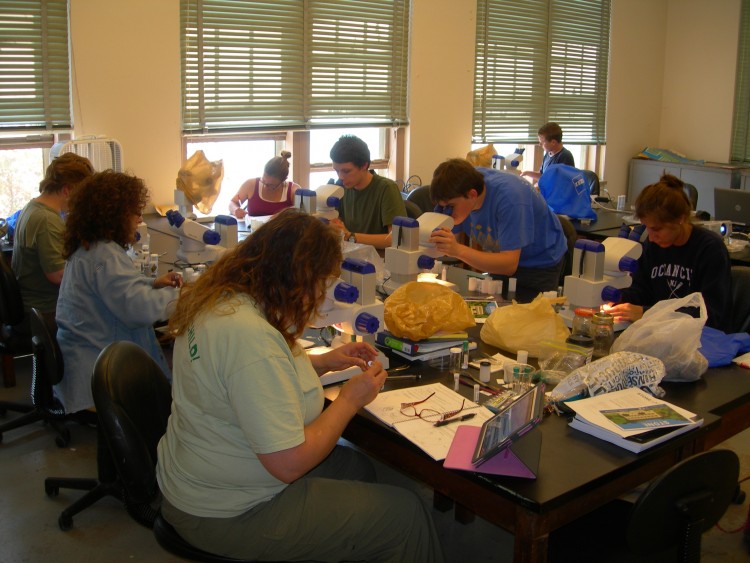
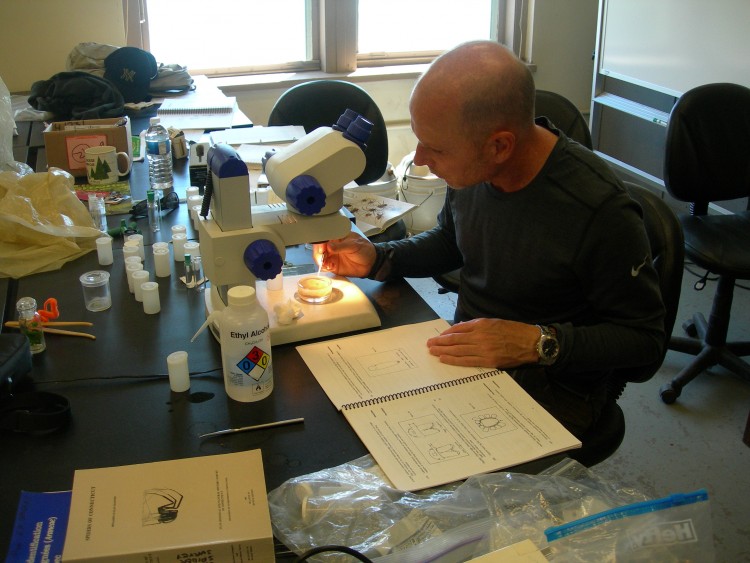
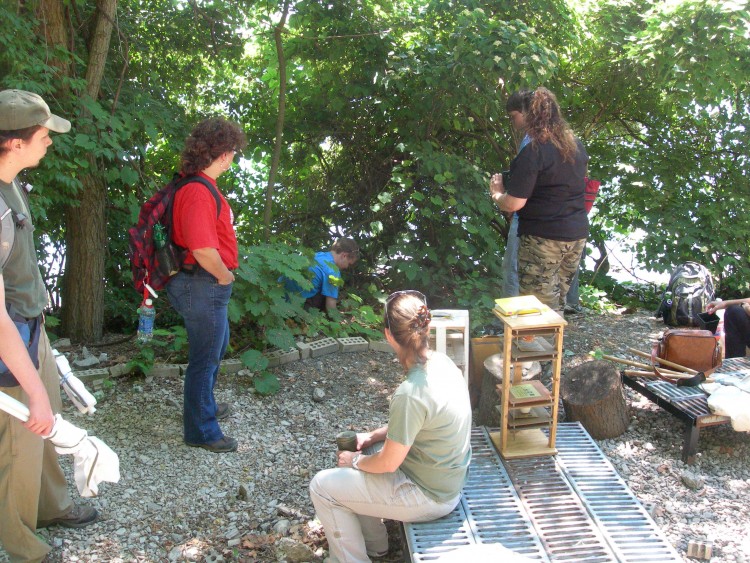
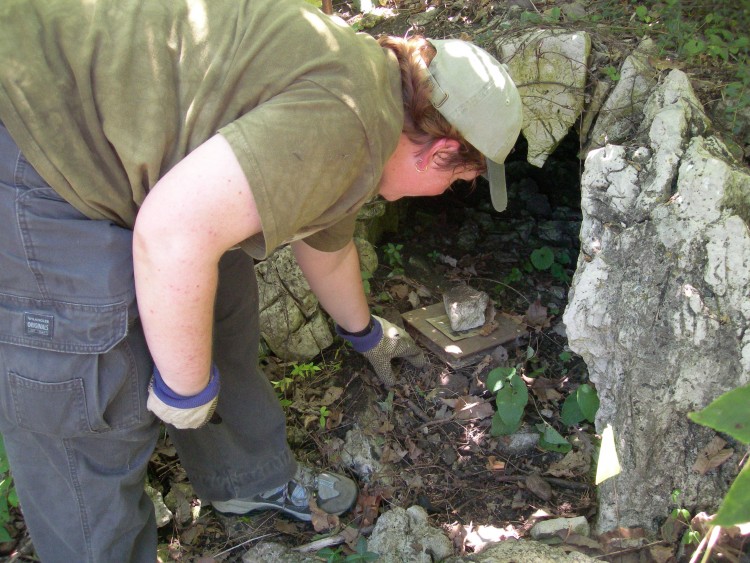
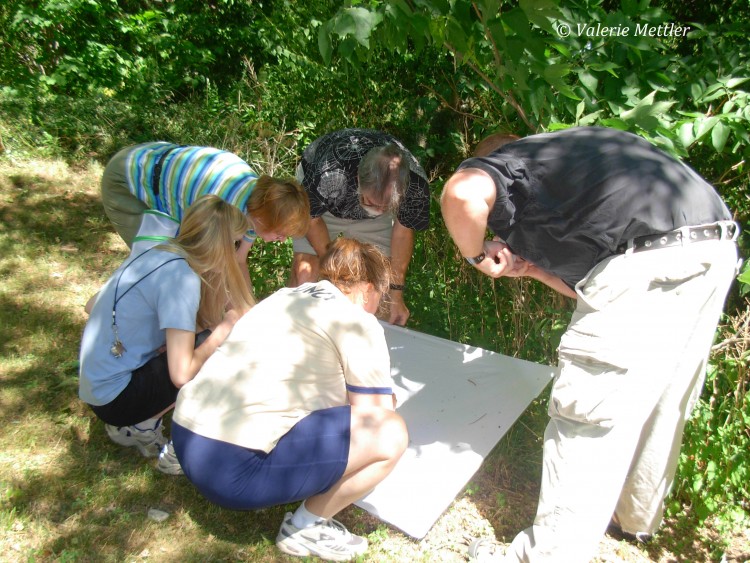
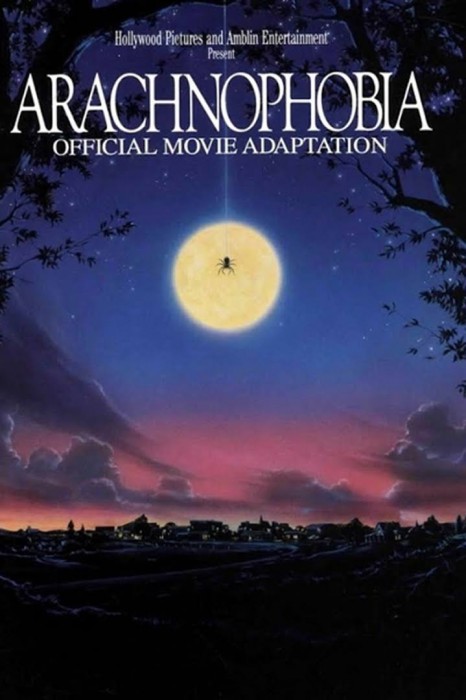
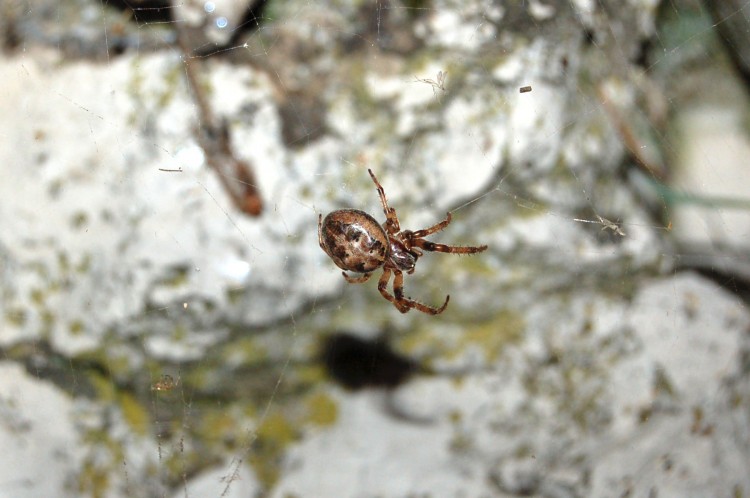
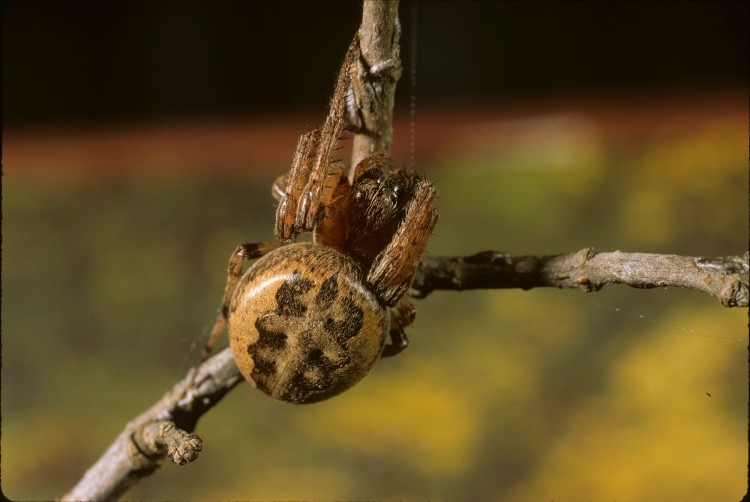
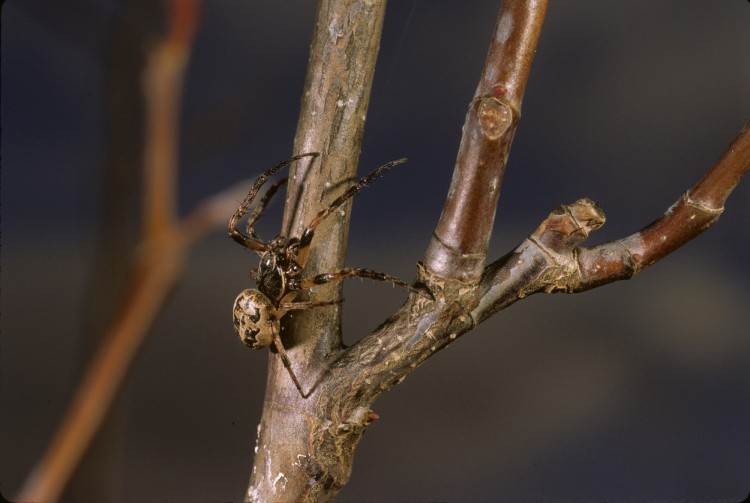
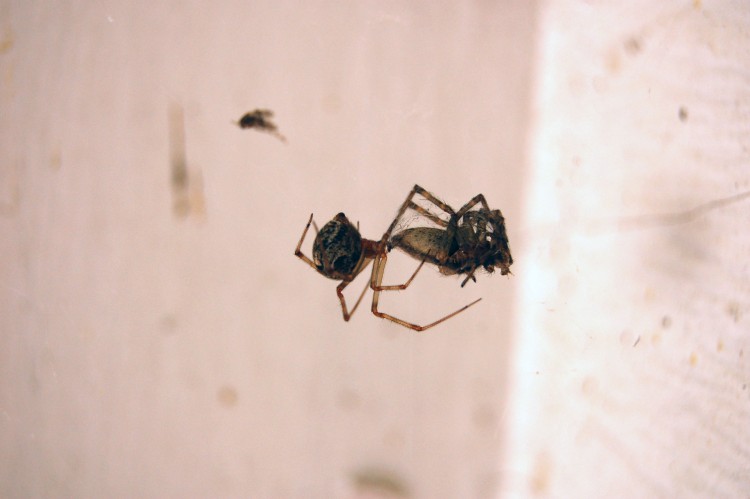
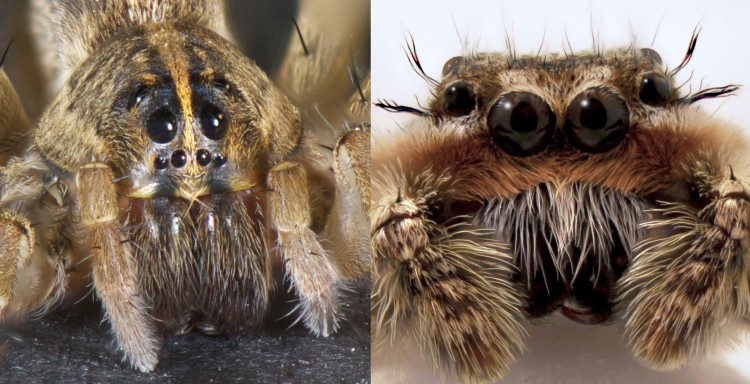
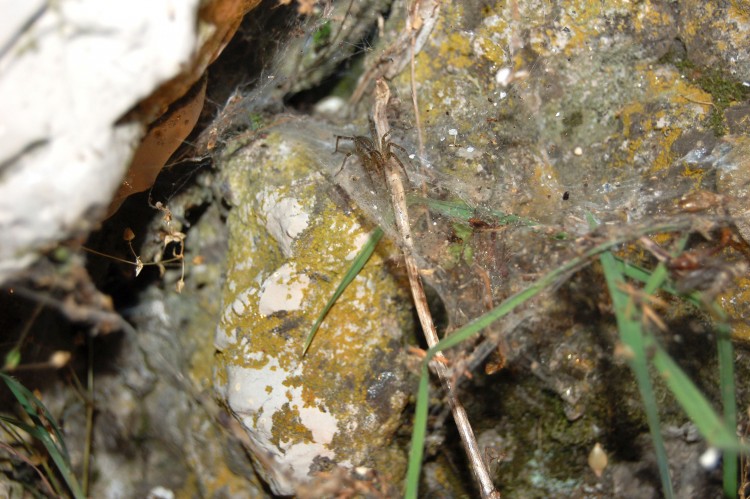
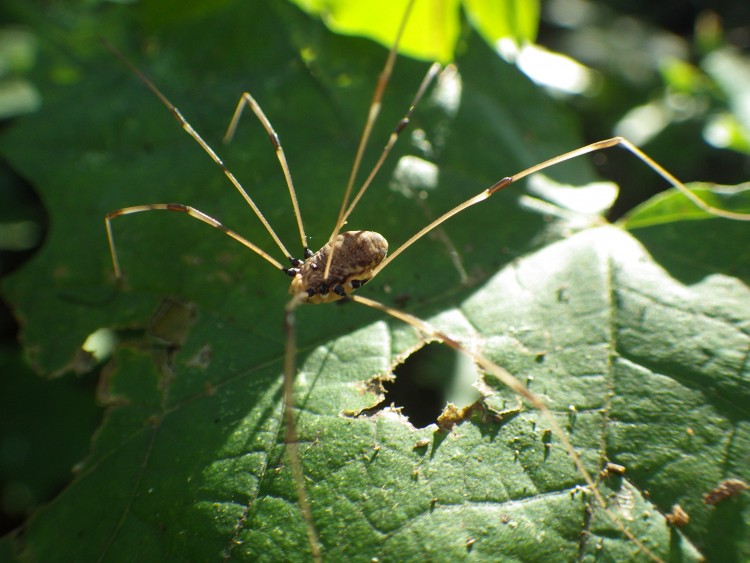
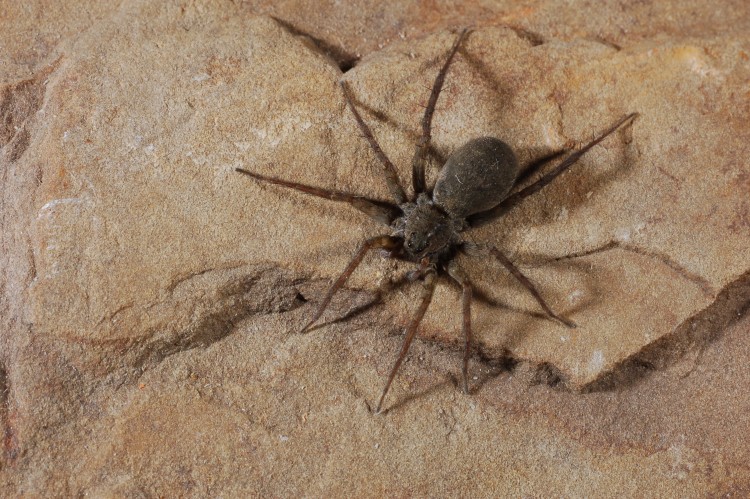
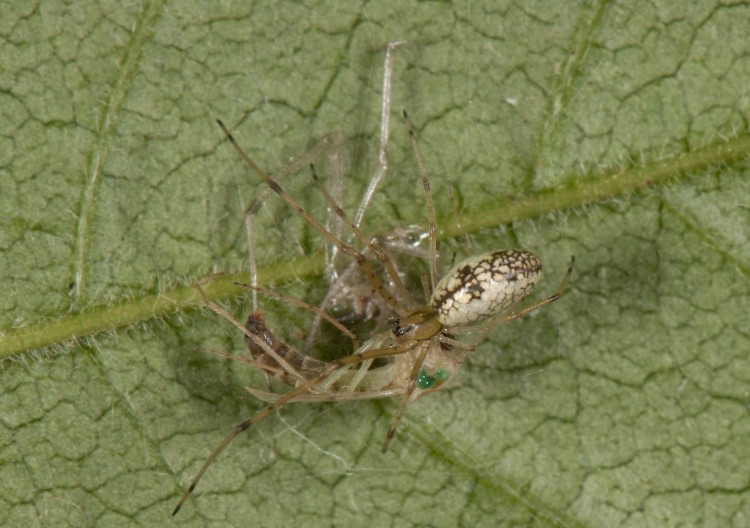
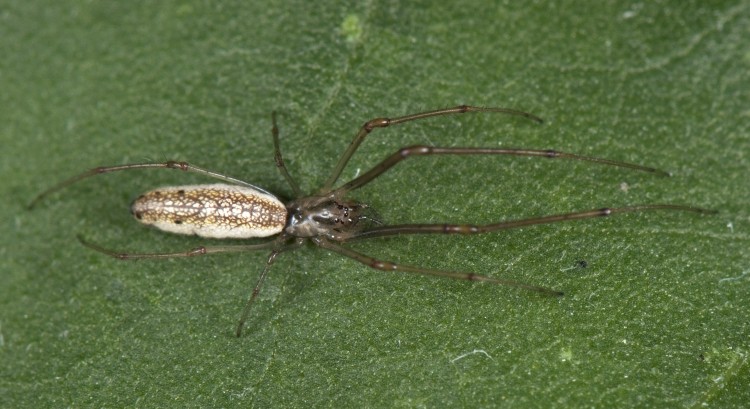
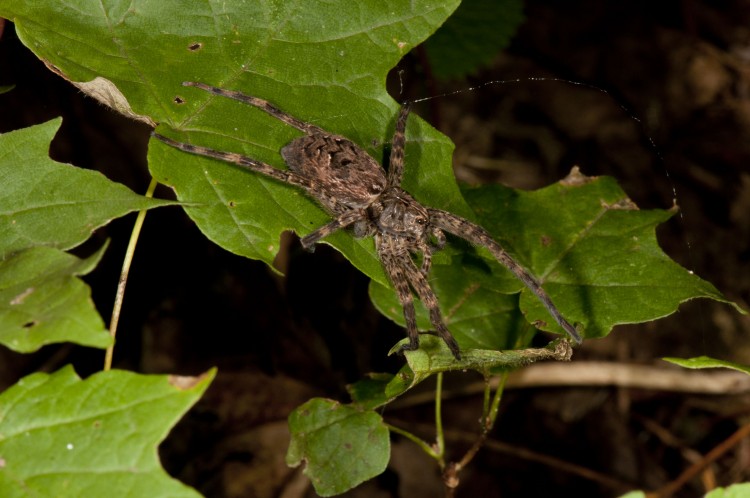
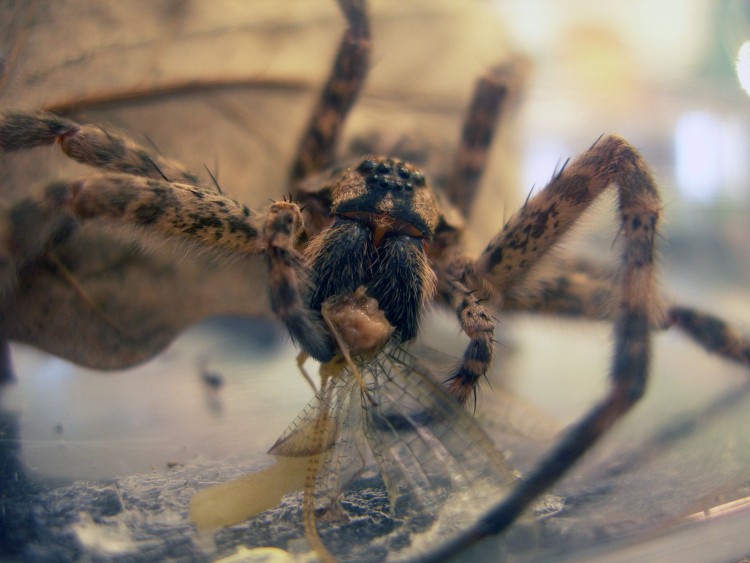
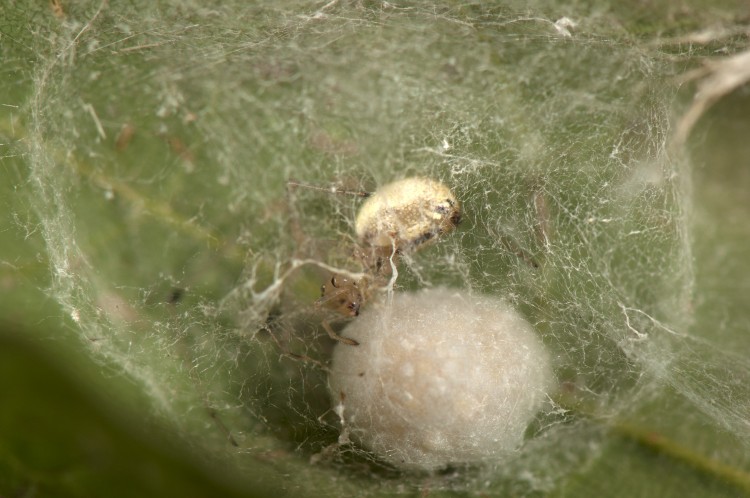
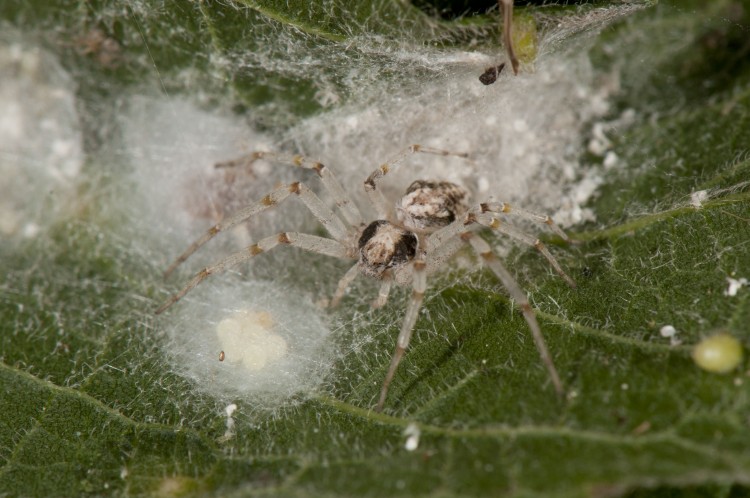
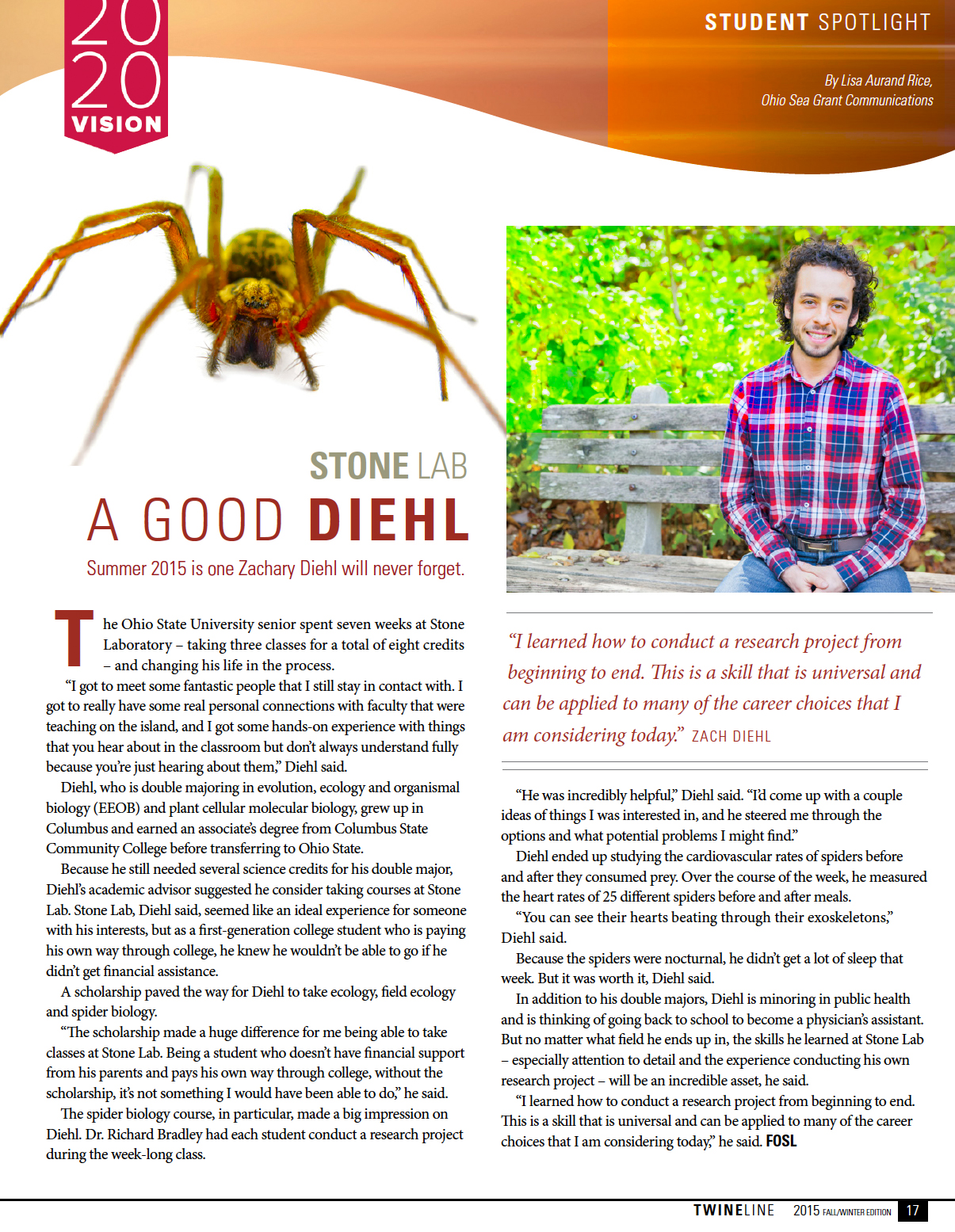
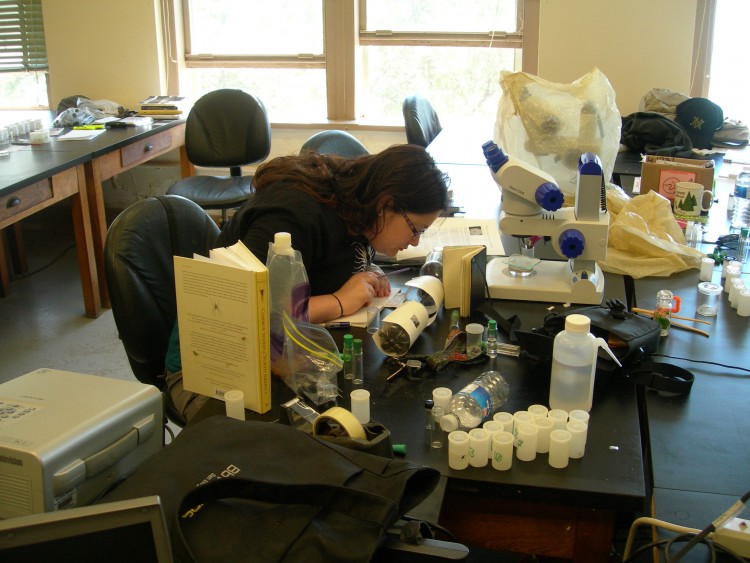
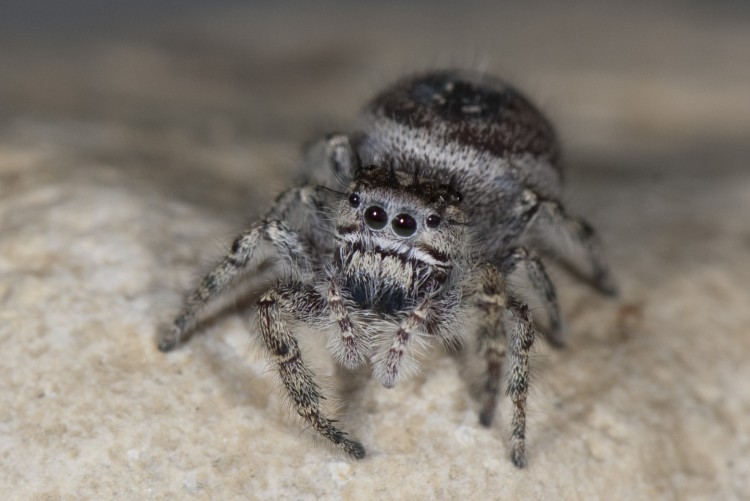
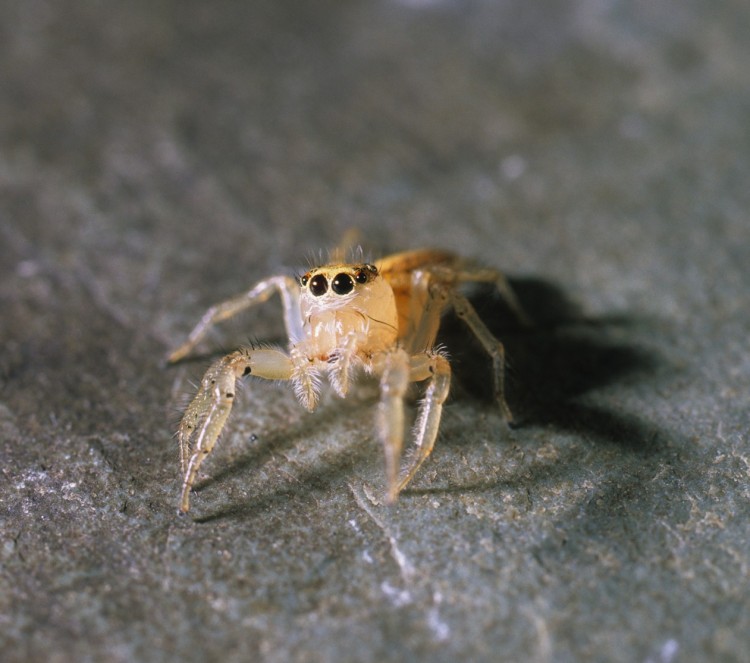
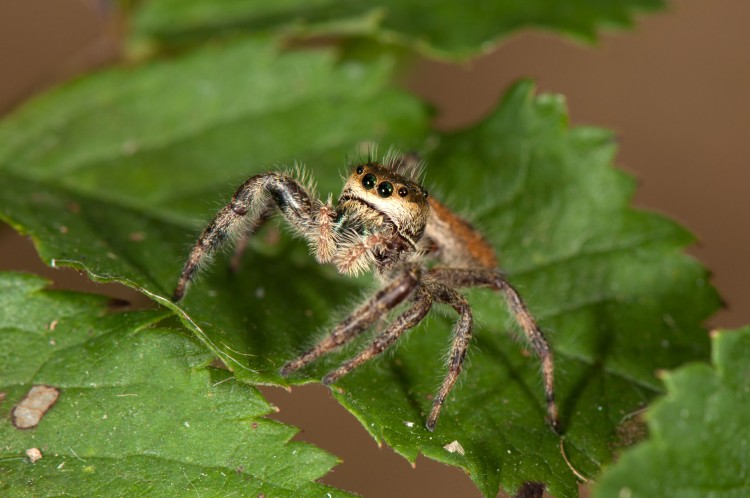
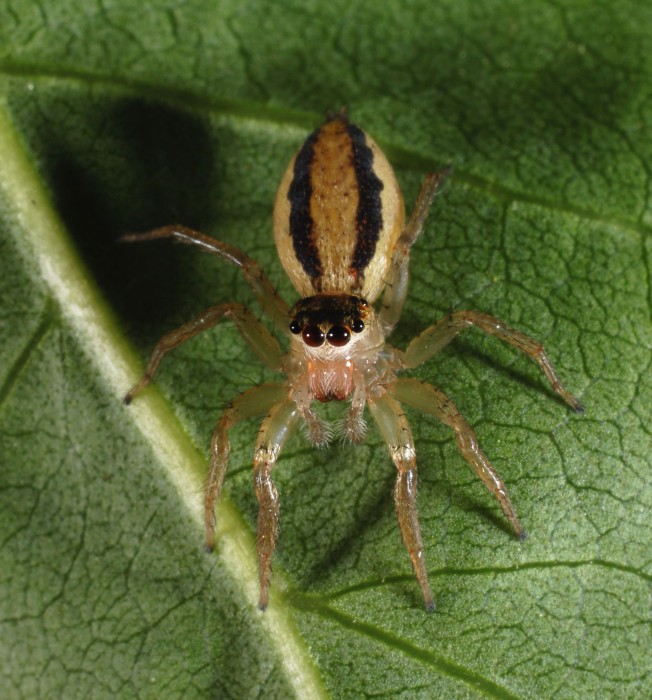
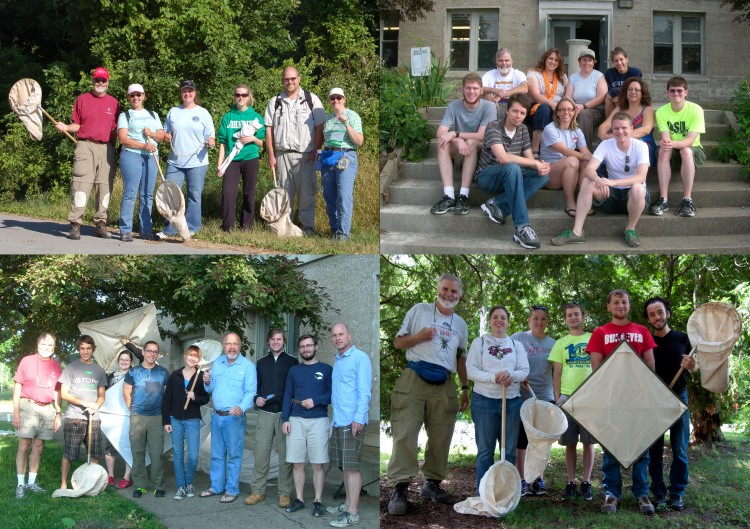
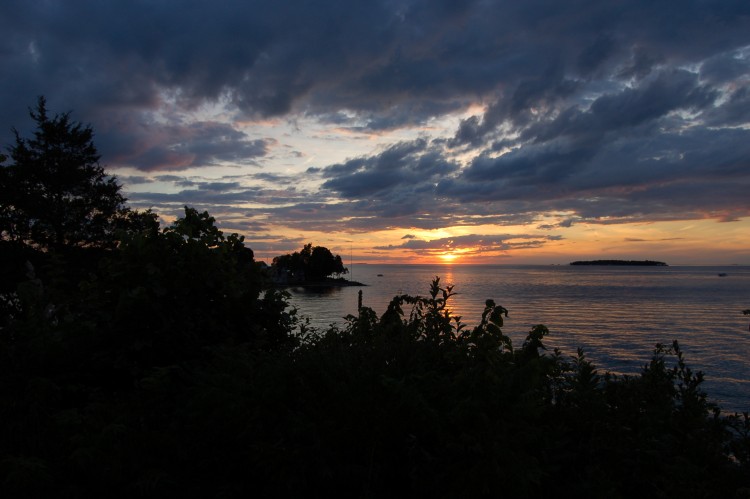
I can’t say enough about this class. The setting is spectacular; if you have never visited the islands of Lake Erie it really should be on your bucket list. Dr. Rich Bradley has such a wealth of knowledge and a passion for the subject, you learn so much, but it is also incredibly fun. This class can be suitable for anyone. (The year I took the class we even had an arachnophobic student who wanted to learn more to help quell her fears.) Dr. Bradley is willing to take the time to help each individual student gain from the class, listening to what the student’s goals are. So if you are considering taking this class I would highly recommend that you do, you will learn an incredible amount in a beautiful environment.
I recently had soehtming similar happen to me except my bed WAS actually full of spiders. I was about to go to sleep one night, when I saw a few tiny spiders on my blanket. I got up and looked at the foot of the bed and there were several dozen more. Then my eyes moved to the basket of freshly cleaned and folded laundry, and guess what…teaming with tiny spiders. I’m pretty sure an egg sac of baby spiders had just hatched ON my bed. Now usually, I hate killing spiders. I will take them outside or just leave them, but there were 100 baby spiders crawling all over my bed, and I wanted to go to sleep. So I spent the next hour and a half on a spider killing rampage with some tissues. I then spent the night on my futon in the next room, and washed my sheets and vacuumed very thoroughly in the morning. It was super traumatic.
Isa,
Wow, that does sound like an unpleasant discovery. I can understand your distress. One thing you should know is that tiny spiderlings, like the newly emerged ones you discovered, are too small to bite through your skin, so pose no danger to you. Also, there are probably plenty of egg sacs of that species laid in more appropriate settings, so I wouldn’t worry about destroying this one (from the spider population viewpoint). Thanks for the message.